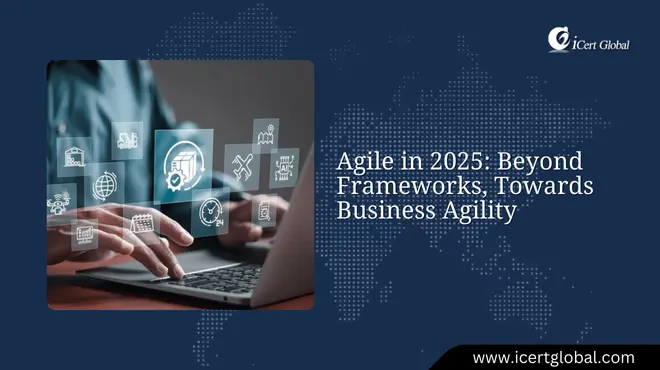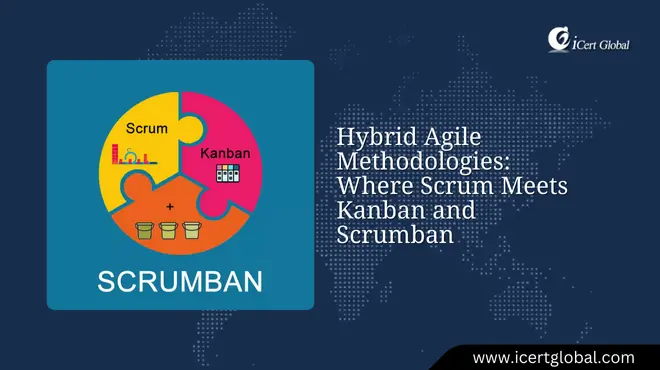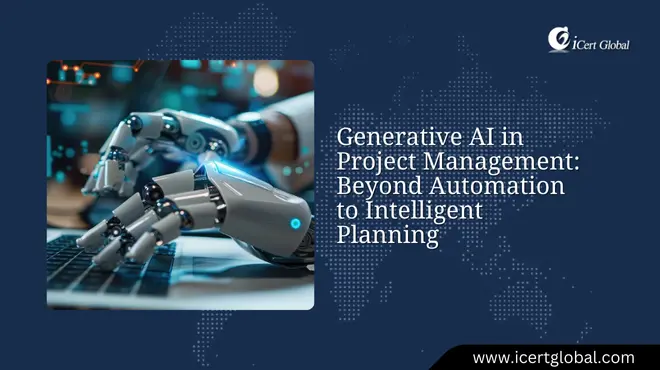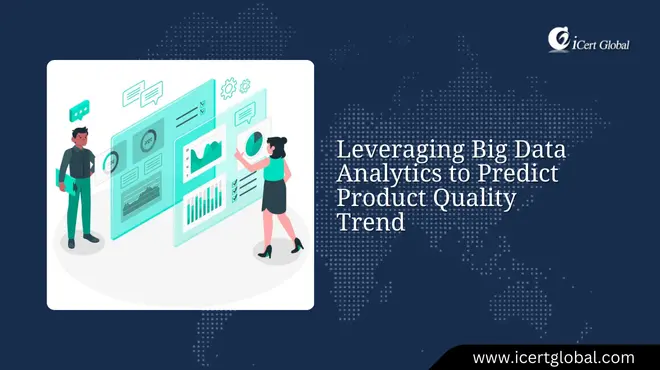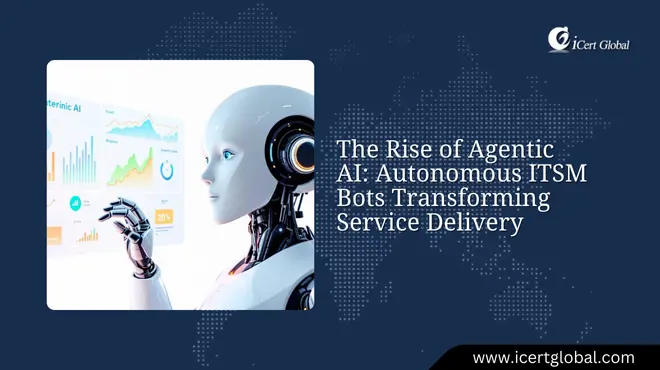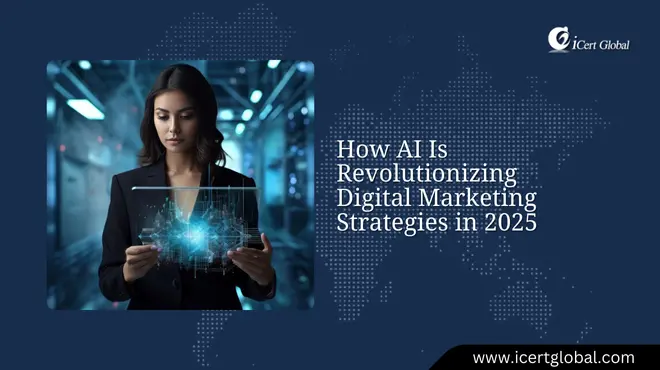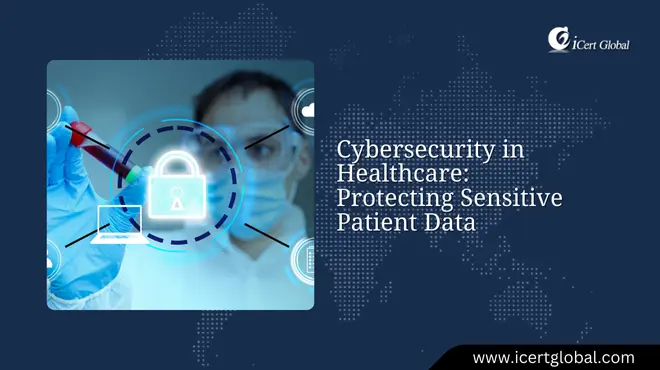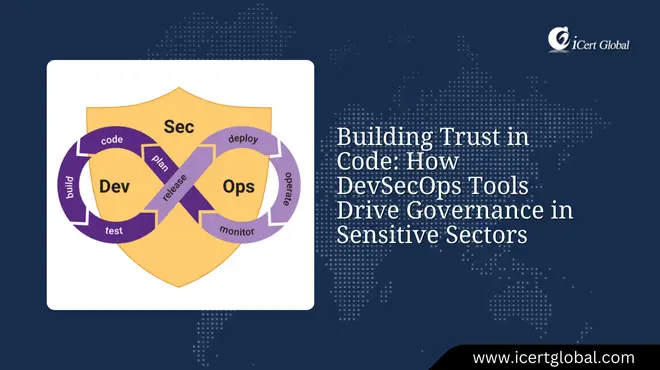Latest Articles
From BI to BA+: How Business Analytics Is Evolving Beyond Dashboards
Today, a business analyst does more than track metrics—they harness advanced analytics to uncover trends, illustra...
Agile in 2025: Beyond Frameworks, Towards Business Agility
In 2025, Agile is less about rigid frameworks and more about breaking conventional rules to unlock real business agility...
How Blockchain Can Revolutionize Quality Traceability and Compliance
Basics of quality control lay the foundation for product excellence, and blockchain is emerging as a game-changer for tr...
Hybrid Agile Methodologies: Where Scrum Meets Kanban and Scrumban
A whopping 85% of companies questioned by a large advisory firm believe that their agile capability isn't quite good...
AR/VR for Business Analytics: Immersive Data Visualization in Business Decision-Making
Leading a business to success today often means embracing AR/VR-driven business analytics, where immersive data visualiz...
Generative AI in Project Management: Beyond Automation to Intelligent Planning
AI and machine learning are no longer just support tools; when combined with generative AI, they empower project manager...
Leveraging Big Data Analytics to Predict Product Quality Trend
An American Society for Quality research found that 82% of companies think that big data analytics is important for qual...
The Rise of Agentic AI: Autonomous ITSM Bots Transforming Service Delivery
Businesses are finding it easier to maintain seamless tech support as agentic AI introduces autonomous ITSM bots that re...
How AI Is Revolutionizing Digital Marketing Strategies in 2025
In 2025, leveraging AI within digital marketing strategies helps businesses boost engagement while optimizing resources ...
Cybersecurity in Healthcare: Protecting Sensitive Patient Data
With a stunning 276 million healthcare records breached and exposed in 2024, we formally recognize that the healthcare m...
Building Trust in Code: How DevSecOps Tools Drive Governance in Sensitive Sectors
In a recent study by the Ponemon Institute, an eye-opening 78% of organizations suffered a successful cyberattack within...
Bridging the Gap: How Data Science is Revolutionizing Business Intelligence
Over 90 percent of the world's data was created over the last few years, and yet businesses still can't derive w...
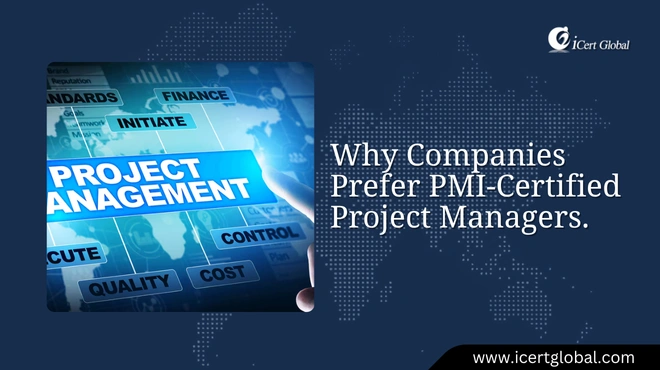

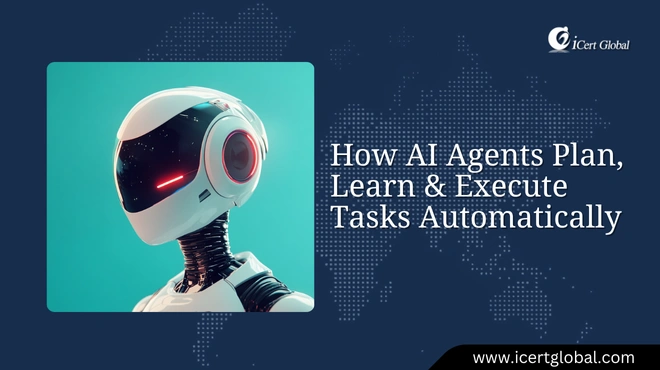
.jpg)



